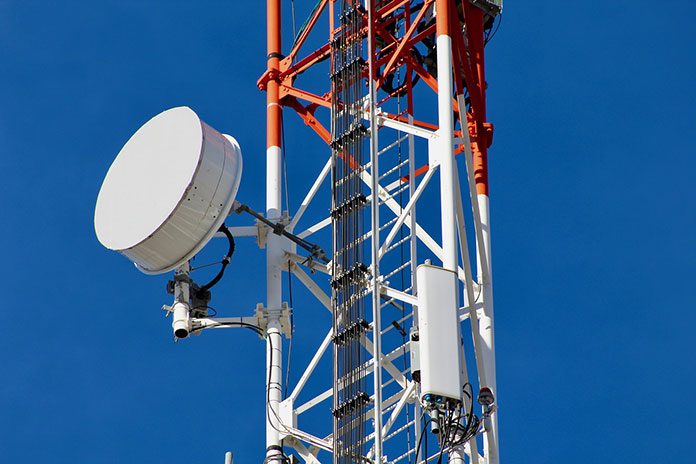It's been a truly remarkable year for telecom sector in India. 2018 has seen Jio move from low-cost challenger to one of the country's core operators, while Vodafone and Idea have combined forces to become a renewed powerhouse in Indian telecom space. There's been casualties too, as some major national operators including RCOM, Aircel and Telenor have all exited the market within the past year or so. State-owned BSNL is embarking upon a nationwide 4G rollout, so it's looking like the Indian telecom market will be carved up between four major players: Airtel, BSNL, Jio and Vodafone Idea.
Jio is delivering on its mission to further enrich the lives of millions of Indians by extending its 4G availability to nearly 97%, according to OpenSignal's measurements. This is a remarkable achievement in a relatively new LTE market like India, since we've only recorded scores of over 90% in a few select mature markets including the Netherlands, Taiwan and the U.S. Coined the world's first “super-disruptor”, Jio charged into an already-crowded mobile market barely two years ago and shook its rivals with its free data offerings. The operator passed the 250 million subscriber milestone in November, while it has launched its own range of handsets to huge success. But its rivals continue to rise to the challenge.
Mobile network speeds in India continue to improve. Airtel won OpenSignal's Download Speed Experience award, which measures the combined speeds of operators' 3G and 4G connections and the level of access to each technology. In fact the operator is going from strength to strength with growth of over 25% in the 6 months to end-August to reach 7.5 Mbps in our measurements. And Airtel seems determined to remain a top contender in the mobile space as it continues to expand its network across the country.
As India's mobile networks get faster and more reliable, so user habits are changing. Data consumption is rocketing, with a recent study showed Indians are spending more time watching videos online than on traditional TV channels. Jio says its users are consuming an average of 17.5 hours of mobile video per month, while Bollywood music channel T-Series looks set to knock PewDiePie off the top spot for most subscribers on YouTube.
OpenSignal, expanded its insights to include video experience, which analyzes how consumers experience video over mobile networks, accounting for load time, stalling rates during video playback and picture quality. In India we saw a three-way tie in Video Experience between Airtel, Jio and Vodafone. The winners all scored around 39 points in our analysis (on a scale of 0-100) while Idea was very close behind the top three. These scores show there's a lot of room for improvement in the Indian mobile video experience — and changing consumer habits are beginning to shape operator strategy.


The Indian telecom market has experienced unprecedented growth over the past decade. And fierce levels of competition along with the cost of network rollout mean the aggressive race to the bottom on price is no longer sustainable. So India's mobile operators are now looking at new ways to differentiate themselves, and one of these is mobile content. We're already seeing the operators begin to dabble into the world of content. Airtel recently began bundling in Netflix for higher-spending customers, while Jio is signing content deals with Viacom18 and ZEE. But the operators can't afford to roll out these offerings to all their users, as they undercut each other's tariffs and ARPUs continue to fall.
And this will be the key change we expect to see in the Indian telecom market in 2019. Rather than trying to win on price, operators will begin to bundle higher data allowances and content into their mobile plans. As 4G network coverage and speeds improve, this will feed the thirst for mobile video, meaning customers will be happy to pay a little extra a month for access to their favourite Netflix shows and YouTube videos.
2019 is set to be a fascinating year for Indian telecom sector. While we expect the price war to ease, there is still a massive opportunity for operators to expand, with relatively low smartphone penetration and an enormous potential customer base. Airtel and Jio will remain fierce rivals, but Vodafone Idea is expected to leverage the global might of parent Vodafone to muscle in with a strong content offering. One thing's for sure, there'll be a lot more surprises in Indian telecom as the market matures — and we'll be following closely to see what the future will bring.
The author is an analyst for OpenSignal, a UK-based mobile analytics company.











